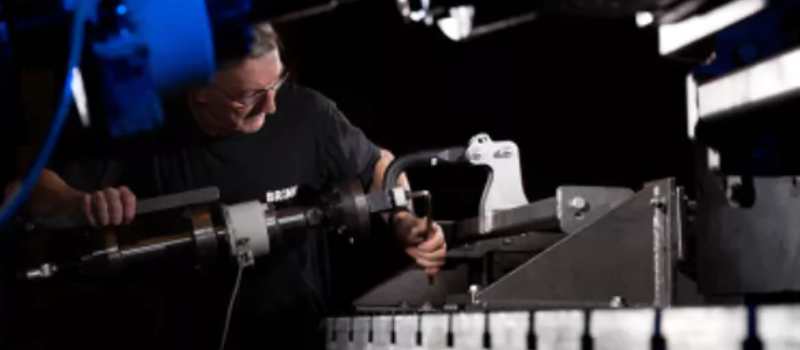Developing a New Towbar
The creation of a new towbar is a complex process that involves multiple testing and verification stages. On average, it takes about 15 weeks to develop and launch a new towbar into production. Engineers, manufacturing specialists, quality control experts, and installation professionals are all involved in this process. The development begins with an analysis of new car models entering the market.
Stage 1 – Market Analysis
Each quarter, an overview of upcoming car models is conducted. Based on this information, a list of vehicles requiring a new towbar design is created. Forecasts are also made regarding the quantity and types of towbars that are expected to be in demand.
Stage 2 – 3D Scanning of the Vehicle
Once a decision is made to develop a new towbar, engineers first check if an existing solution can be adapted for a vehicle built on the same platform. If such a solution exists, the car undergoes a fitment check in the workshop, and if successful, the installation manual is updated.
If no existing solution is compatible, the vehicle undergoes a 3D scanning process. The scanner captures the mounting points and creates a precise digital model of the vehicle’s rear structure.
Stage 3 – Towbar Modeling
Once the 3D scanning is complete, the data is uploaded into CAD software, where engineers begin designing the towbar. The exact position of the tow ball is determined, and a Finite Element Method (FEM) analysis is conducted to identify strong and weak points in the structure.
The goal is to develop a towbar that is as lightweight as possible while still meeting all safety requirements. A lighter towbar is easier to install, reduces additional weight on the vehicle, improves fuel efficiency, and minimizes tire wear.
Stage 4 – Prototyping and Testing
A prototype of the towbar is then produced based on the 3D model. It is sent to a testing center, where it undergoes the R55 test.
The R55 test is a standardized European test that simulates real-world dynamic loads. The towbar undergoes 2 million load cycles, equivalent to its expected lifespan. After testing, the towbar is coated with a special contrast fluid that reveals even the smallest microcracks. If the towbar meets all requirements, it proceeds to the next stage.
Stage 5 – Preparing for Mass Production
At this stage, engineers finalize the technical drawings, and the towbar’s cost data is entered into the ERP system. In the manufacturing facility, welding jigs are created to ensure precise geometry. Installation templates are also developed to eliminate measurement errors. At the same time, the first draft of the installation manual is prepared.
Stage 6 – Physical Fitment Check
Before starting mass production, the towbar is physically installed on a real vehicle. The fitment process is verified to ensure that installation is straightforward and that the towbar meets the specified parameters. Based on the results, final adjustments are made to the installation manual.
Stage 7 – Trial Series and TÜV/VCA Certification
If all tests and measurements are successfully passed, the towbar undergoes certification by TÜV or VCA. Simultaneously, a trial series of 10 units is produced, during which:
- Individual components are manufactured and checked by the measurement department.
- The packaging process for mounting elements, the tow ball, and other components is determined.
- The crossbeam is welded and undergoes dimensional verification.
- Products are finished, painted, and assembled into final sets.
- The sets go through final inspections and testing.
Stage 8 – Mass Production and Market Release
Once type approval is granted and all tests are successfully completed, mass production begins. Towbars are released for sale and are ready for installation in specialized workshops.
Thanks to a thorough design, testing, and certification process, modern towbars ensure high reliability, compliance with safety standards, and easy installation.

